Nov 24, 2025
News
Rafay at Gartner IOCS 2025 : Modern Infrastructure, Delivered as a Platform
Read Now
Stay updated with our expert blog articles and insights on cloud-native and AI infrastructure management and orchestration topics.
.png)
Read Now
.png)
Read Now
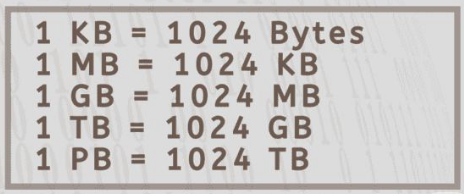
Read Now
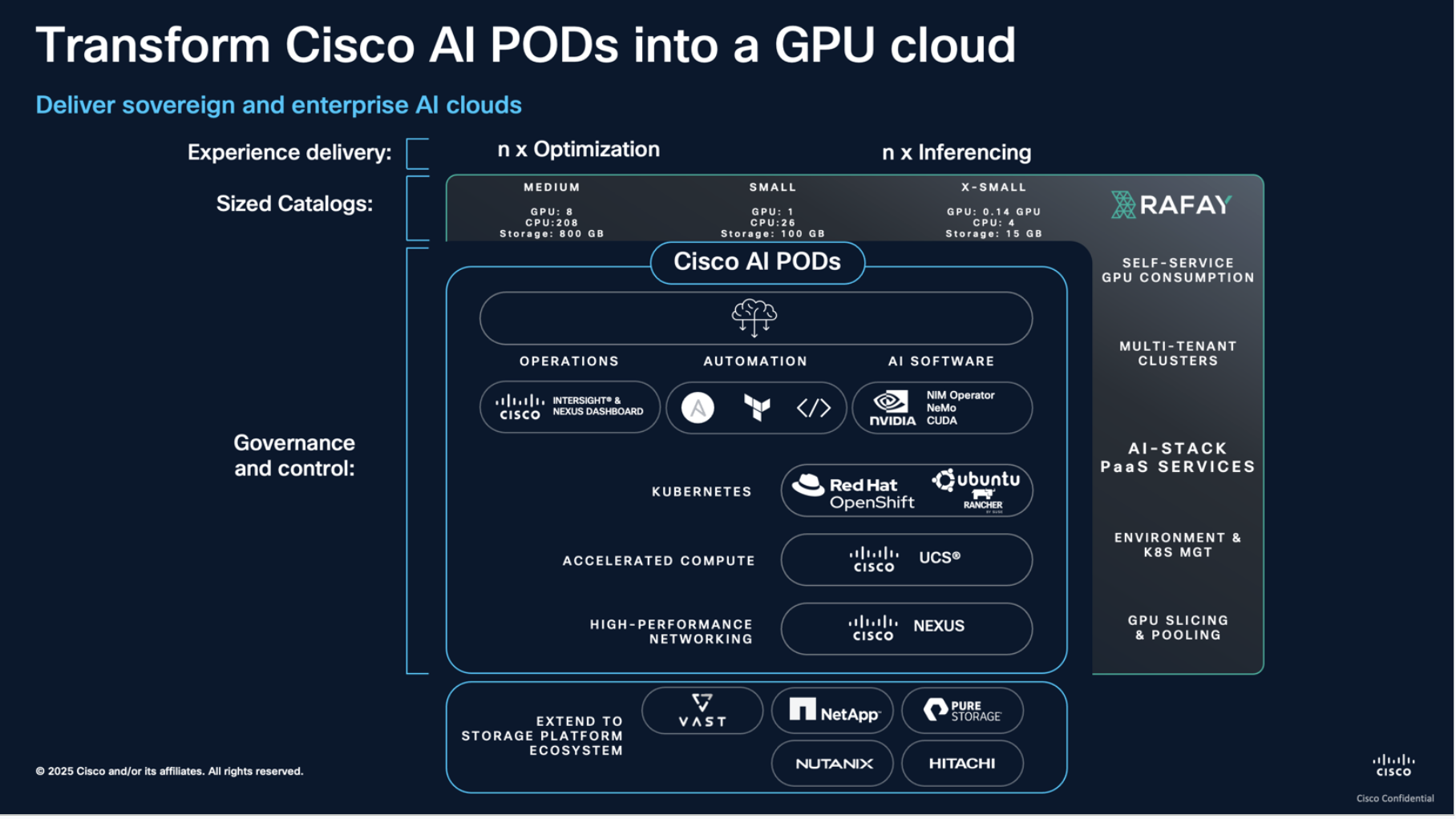
Read Now
.png)
Read Now
.png)
Read Now

Read Now
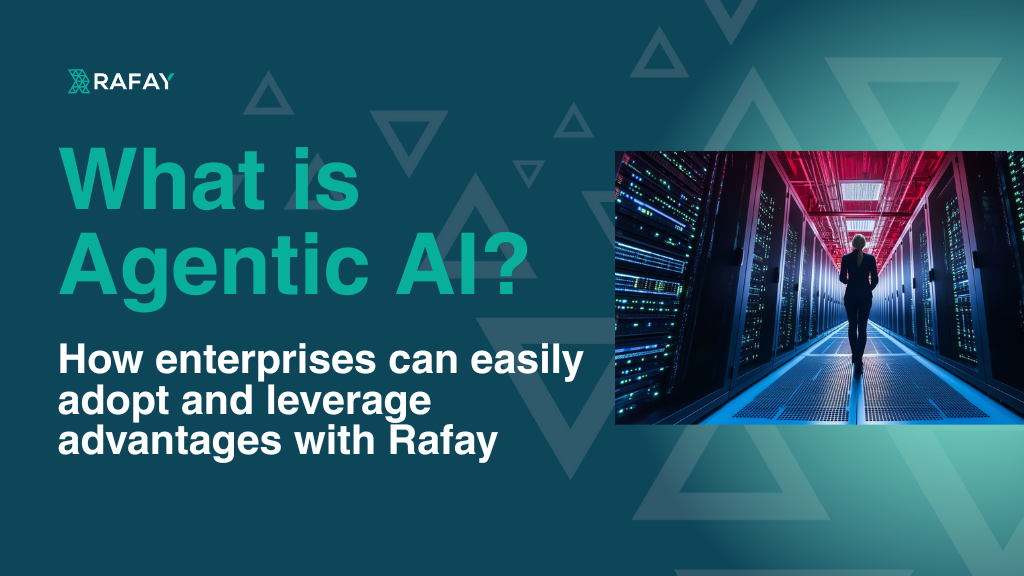
Read Now

Read Now
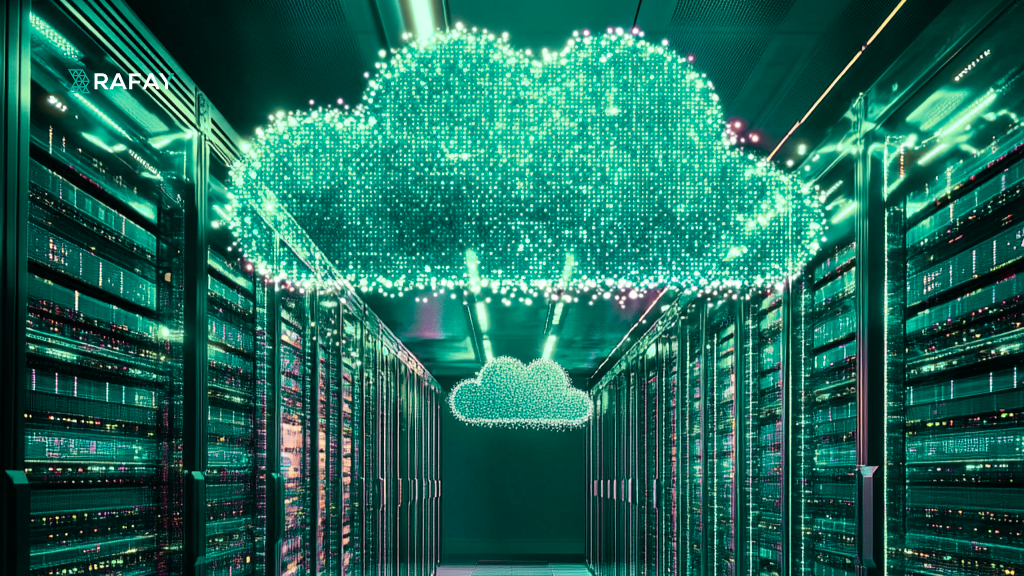
Read Now
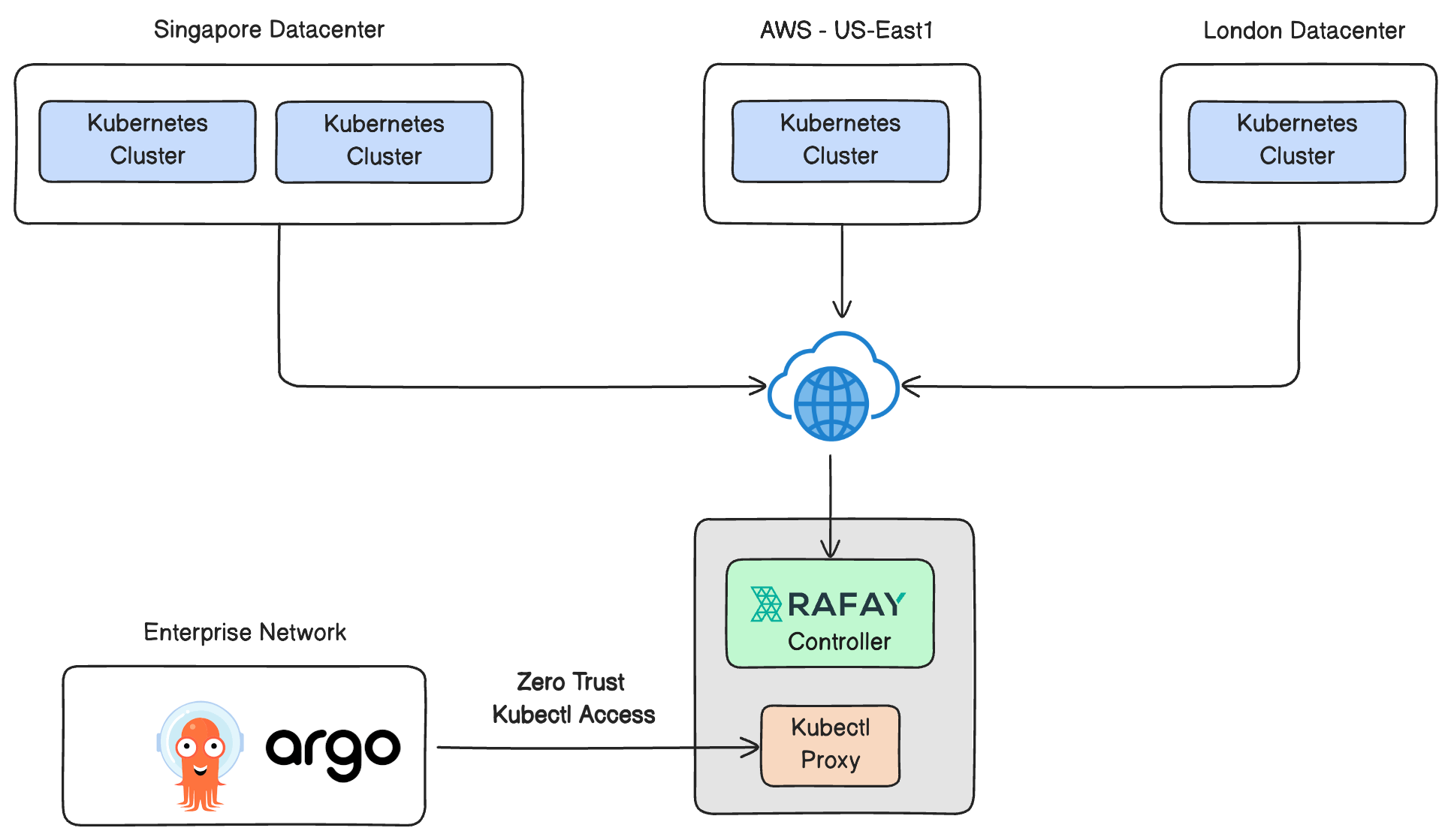
Read Now

Read Now



































